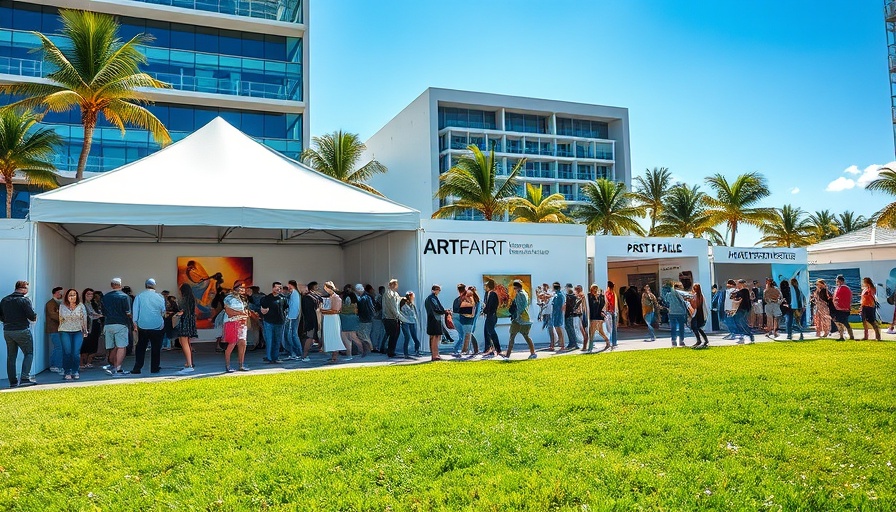
The Unraveling Wealth of Top Art Collectors
Recently, the top 200 art collectors, including the likes of Jeff Bezos, Bernard Arnault, and Alice Walton, faced staggering financial losses, amounting to billions, due to sudden stock market sell-offs. This dramatic decrease corresponds with investor fears surrounding new tariffs implemented by the Trump administration and the looming threat of a global recession. The S&P 500, for instance, plunged by over 3.1%, marking its largest drop since early fall. By March 10, the Nasdaq Composite saw a decline of 4%, shaking the foundations of the art market as the wealth of top collectors began to evaporate.
Impact of Tariffs on Art Investment
The direct connection between these market fluctuations and the art world cannot be missed. According to ARTnews, close to 80% of the prominent collectors currently listed on Bloomberg’s Billionaires Index experienced significant reductions in their wealth during this tumultuous period. Alice Walton, with her ties to Walmart, suffered the greatest loss at more than $6.5 billion — a staggering 7% of her total worth — reducing her holdings to $107 billion. Bezos and Arnault followed closely behind, with losses exceeding $5 billion each. The situation raises questions: what does this mean for the future of art collecting as an investment strategy?
The Broader Consequences of Financial Uncertainty
The troubles in the stock market illustrate a broader issue affecting not just billionaires but the entire art market. Although these collectors still boast net worths over $7 billion, the increased uncertainty could exacerbate existing vulnerabilities in the art world. Factors such as wildfires in Los Angeles and geopolitical conflicts are compounding the difficulties faced. Experts suggest that this financial instability stirs hesitance among potential buyers, possibly freezing the art market.
Understanding the Art Market’s Vulnerabilities
Despite the recent tariffs exempting artworks from increases, ambiguity looms large. Art professionals, institutions, and auction houses are grappling with the impact of escalating import costs and the price hikes on energy and materials necessary for their operations. The situation has raised pressing concerns within the art community itself about how these financial shifts may affect future gallery exhibitions and sales.
Local Perspectives: The Culture of Art Collecting in Philadelphia
As top wage earners in Philadelphia, how do these developments resonate? The local art scene, often characterized by community-driven initiatives and passionate local collectors, faces potential ripple effects from these global financial dynamics. The financial success of large collectors can inspire budding artists and art enthusiasts, but sudden losses by billionaires might make individuals rethink their own collecting habits. Locally, we cherish art not just as an investment but also as a reflection of our collective identity and creativity.
The Human Impact behind Financial Data
Behind the stark numbers and percentages are real stories of impact. Many collectors dedicate themselves to philanthropy and public art initiatives, investing in the cultural fabric of communities. Should these individuals pull back on their acquisitions or philanthropic endeavors due to financial pressures, we may see stifled growth in our rich arts landscape. As a community, it’s essential to support our local artists and initiatives, reinforcing the value of creativity irrespective of global market trends.
In a time of uncertainty, supporting local art initiatives can help maintain the vitality of the creative community in Philadelphia. Let's stand together in appreciation of the arts, fostering connections that endure despite the volatility around us.
 Add Row
Add Row  Add
Add 




Write A Comment